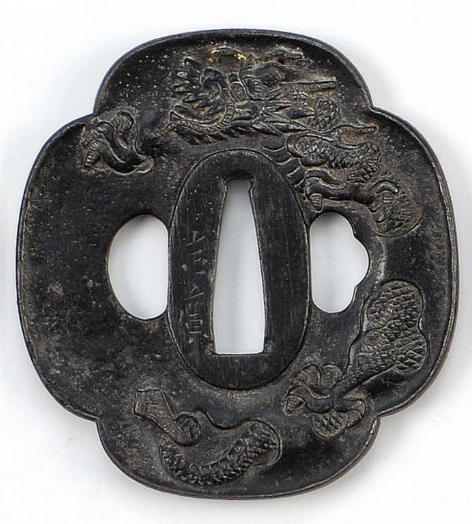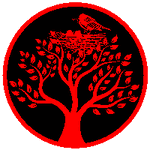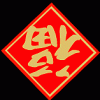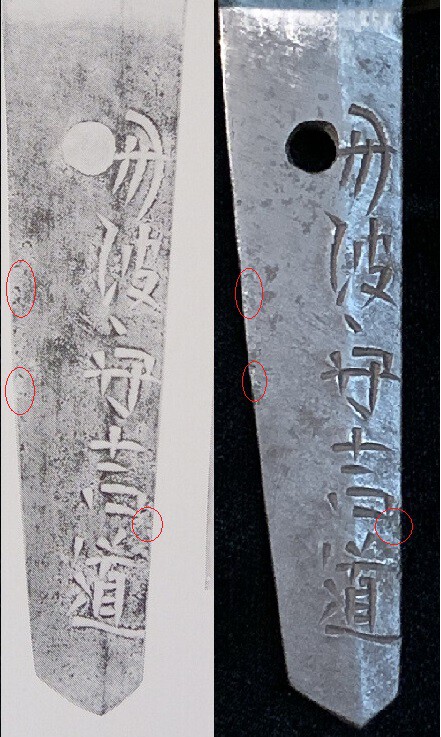Leaderboard
Popular Content
Showing content with the highest reputation on 10/04/2024 in all areas
-
7 points
-
7 points
-
6 points
-
6 points
-
6 points
-
5 points
-
5 points
-
5 points
-
4 points
-
4 points
-
4 points
-
4 points
-
4 points
-
4 points
-
4 points
-
3 points
-
3 points
-
Read from right to left, 第二千八百七十三号 -> No. 2873 コクラケン -> Kokuraken https://aucview.com/yahoo/j1140802752/ Here, this rifle also had similiar number to yours.3 points
-
3 points
-
3 points
-
3 points
-
Don't use gun oil on swords. A lot of them have cleaning elements meant to dissolve powder residue, lead, copper fouling etc in them, as well as lubricants that may or may not come off with isopropyl. This applies to things like wd40 and 3 in 1, break free, etc as well. Stick with sword oil or mineral oil.2 points
-
Hi Jake, Just a few simple things to look at- when you look at goto work you are usually looking at excellent and precise execution. Look at the nanako on a verified goto piece. Compare that with yours and you can see there is a big difference in execution and precision. The precision of design and carving in any design a goto artist does is crisp and flows. Look at your horses, they look a bit muddled in comparison. Not trying to knock your piece, just pointing out a few things that caught my eye immediately. I don't know lot about the Goto school but have overtime come across lots of pictures (wish more in hand). You start to see what goes into a quality piece by breaking down the details. There is a reason why the Goto school is so respected. I am guilty as most, looking at the signature 1st. But we always heard from the "older crowd" that the "workmanship confirms the signature " and I understand why now more than when I first started collecting. Why is this so hard to accept? Simply, it points out how much I don't know. Lol. Best of luck and I'm glad you are enjoying what you have.2 points
-
2 points
-
I always thought that Choshu is underrated as a tsuba school - they have some magnificent work.2 points
-
2 points
-
2 points
-
2 points
-
Well back to the armor! I think we are talking about a "Tetsu sabiji nimai-dô gusoku" (russet iron two part-cuirass armor - simplifiyed naming!) with nunome-zogan adornment, might dating back to the latter half of the Edo period. The helmet is a so called "Hoshi-kabuto" (or Koboshi-kabuto)* of rather good quality. Unfortunately the provided pictures don't tell much about the whole. What I can say is that kote (sleeves) and suneate (shin guards) comming from a matching set, but it seems the haidate (apron) is missing. This is also true for the dô (cuirass) and the kabuto (helmet)*. In case of the Jingasa (bajo-jingasa = riding hat) and the ogi (fan), however, we can't be sure... Note, the dô is insofar interesting, that it was made to look like a rokumai-dô (six part cuirass)! A word about the mon (coat of arms) that makes the helmet and the cuirass "matching". The example below is very close and probably related at least to 3 families, namely: 島村氏, 河村氏 and 茅野氏. The names have several readings so I won't go deeper for the time being... * The helmet might be older. It would be nice to have some more pictures (front-, side-, back- and top-view) as also some shots from inside, if the liner (ukebari) allows it?!2 points
-
If you are going to be in Tokyo you should really consider attending both of these events. The Cinq event has included some very high quality blades for kantei and a great evening of fun. The Boat trip is just a great time with collectors from all over the world.1 point
-
Yes, Kokura makes sense. Thanks, Yoon! 1871-1876 https://en.m.wikiped...ki/Kokura_Prefecture1 point
-
Here Hozon does unusual thing - identifies the period and the province and the name. This suggests to me its not a Meikan smith, but they felt he is important enough to identify correctly rather than just say "worthy of preservation, shinto Hirofusa". When did he work - is a good question, boshi and sugata can help. It could be that one can see Tegai elements here - nijuba etc, but first its done in itame blade, second its structured a bit differently - as a large, well defined gap within the hamon, something which became really popular with Inoue Shinkai, its possible this blade is 1660-1700. Also I think one can consider options its a style of Hizen rather than Hizen province proper.1 point
-
1 point
-
1 point
-
1 point
-
1 point
-
1 point
-
What a wonderful response. It's hard to argue against your thought process and to not think in probabilities. I especially echo your nostalgic reference to Darcy. His educated and insightful contributions are sorely missed.1 point
-
Steve, Nobody is somebody around here! He has phrased it in such a way that it is impossible to be sure whether that is a four character name or a combination of name and number. These four characters could be read from left to right or right to left, changing it totally. 二 can be a number (2) or part of a name, as in Shoji above. ロ can be the sound 'ro', used a as a counter, (イ,ロ,ハ = 1,2,3) or it can be kuchi (a mouth), i.e. part of a name, etc. So, with no other context it could even be 2 Oda (Ro) for example, if some rank, or bunk, or cabin is meant. So there are various possible readings depending on what the original writer meant. With no other context, Nobody's answer is the safest.1 point
-
Old sources mention Go Yoshihiro and Norishige as natives of Etchu Province, with Go said to have died young. To me, It would seem highly improbable that he was a Yamato Senjuin smith. Name matching doesn't help us as the only signed and dated Yoshihiro blade (YOS143) doesn't match in characters to those of Go in ancient records, and the date (1343) is far off in time, moroever the records make no mention of a resemblance to the work of Go. What about the Yamato influence? The majority of Go's kitae is typically described as itame, often mixed with nagare or mokume. There is only one instance I could find where his kitae is partially blended with masame: the renowned Kabuto-Giri Go. I have also observed that certain works display his ichimai boshi with a subtle hakkikake flavor. Regarding influences, I've had in hand Go's with traits from three different attribution clusters: the Norishige cluster (Mokume/Matsukawa, complex jiba), the Masamune cluster (angular chickei, yubashiri, inazuma), and the Yukimitsu cluster (ko-itame in the Shintogo style). For Go, I have not personally handled an example where Shizu comes to mind, though the Kabuto-Giri Go is noted for this in the NBHTK setsumei record. It is essential to recognize that, while not all blades attributed to Go feature an ichimai boshi, its presence—when combined with the masterful traits typical of other top Soshu smiths—strongly leans toward an attribution to Go. Now where would such Yamato influence come from, if not Senjuin? We can have fun and speculate. We we might imagine the possibility that Shizu and Go, both supposedly active during the Kenmu era, experimented with one another's techniques while working alongside Yukimitsu, Masamune, and Norishige in the Kamakura atelier. However, this idea rests on many unsecured assumptions, including that Shizu apprenticed directly under the Soshu masters and that certain Soshu-den works displaying Yamato influence are accurately attributed to Go. Attribution is uncertain. As seen with signed works by Yukimitsu, his craftsmanship shows considerable variation, making him the prime candidate for pieces where distinguishing traits are less pronounced. His range spans from Shintogo-like hada with a gentle, shallow notare, to a flamboyant midareba incorporating gunome elements, even producing works approaching Hitatsura. This uncertainty is not limited to Yukimitsu. For instance, of the four extant signed tachi by Norishige, two exhibit a shintogo-like fine hada, a far different approach to Matsukawa. Nor was Matsukawa the exclusive domain of Norishige. Hata Chogi, of which we know very little, left us two works indistinguishable on a trait-basis from Norishige's signed tanto. It's wise to think in probabilities. Perhaps the Kabuto-Giri Go, with its distinct Yamato influence and ichimai boshi, was a masterwork of Shizu? We may never know for certain, as the hand behind it is never known for certain. I think that the key to thinking about attribution and influences is to think in probabilities. The best way is to go with the cannon of tradition. After in-hand examination, it could be 60% Go, 40% Shizu. This is certainly the most tractable way, but is the most accurate way? The alternative is going with the historical dark matter. Or in other words, incorporating the lost record. Imagine that it might be 45% Go, 35% Shizu, 4% Yukimitsu on a creative day, 1% the long lost Shintogo student Kuniyasu, and 15% a master whose name has left our records forever. Then replace all these probabilities with distributions encoding uncertainty and you start to reach the limits of useful abstraction. Not much of a means of knowledge advancement since there is no knowledge, only questions. The supreme quality of the Kabuti-Giri Go, however, is beyond doubt. An accepted attribution to a Soshu grandmaster of this caliber signifies the most masterful craftsmanship that reflects the pinnacle of the Soshu tradition, and one amongst the best Nihonto in existence. This brings a bit of nostalgia. Darcy would have enjoyed this thread. As he used to say, we don't have a time machine.1 point
-
For signatures I would guess 1. 兼貞 - Kanesada 2. 備州長船XX / 天正XX年八月日 - Bishū Osafune XX (c.1573-1592), cannot identify smith or year with certainity. 3. 越前国下坂貞次 / 大和大掾藤原正則 - Echizen no Kuni Shimosaka Sadatsugu / Yamato no Daijō Fujiwara Masanori 4. 行平作 / Yukihira Saku1 point
-
1 point
This leaderboard is set to Johannesburg/GMT+02:00




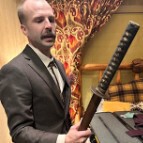
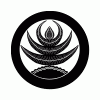






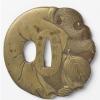


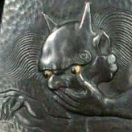

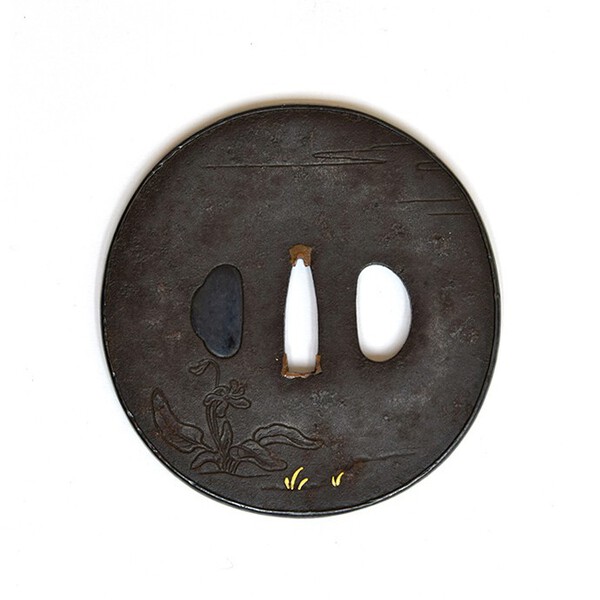
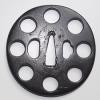
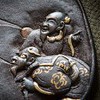











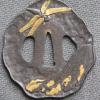






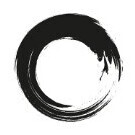
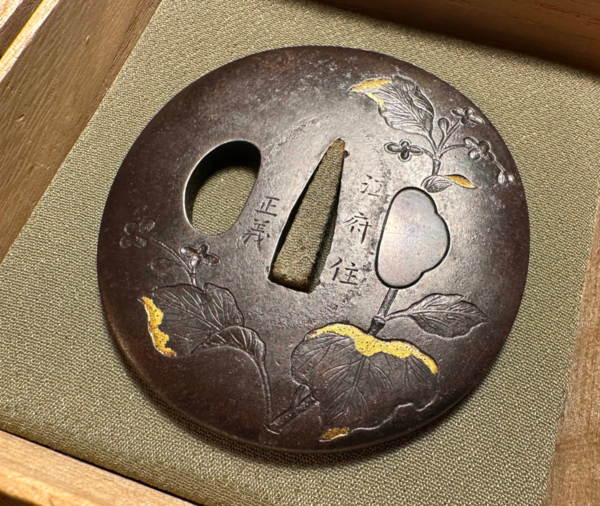




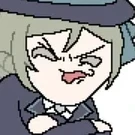
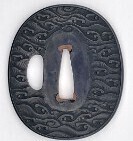


















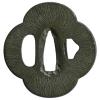

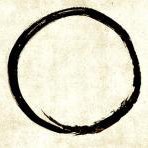

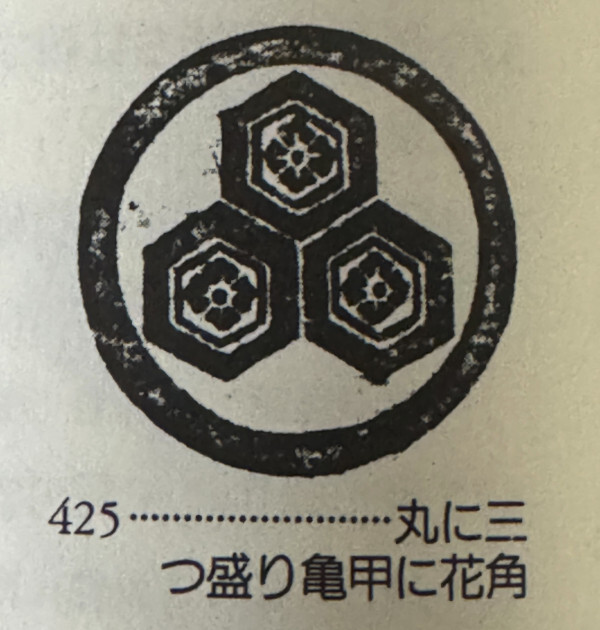

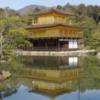
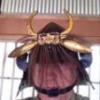

.thumb.jpg.dfa7eea8344e44004fa40823c4ae9550.jpg)





